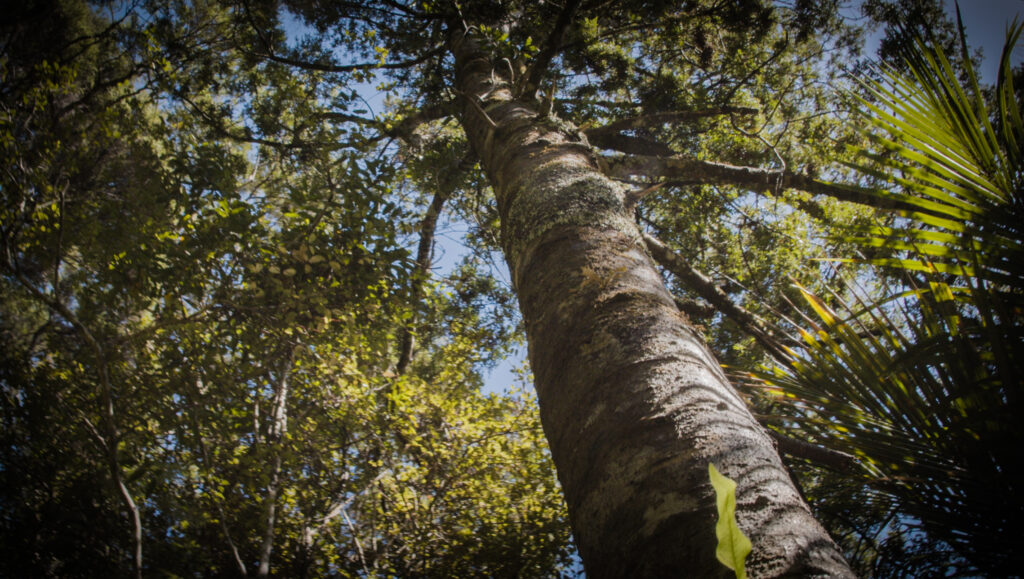
Our Shared Vision
Te Ranga Wairua is an innovative landscape-scale trapping project originating in the Harataunga/Kennedy Bay community of the eastern Coromandel Peninsula and expanding across the Peninsula until it connects coast-to-coast. Toi tū te whenua.
The goals of the project are multi-dimensional:
• to restore the natural environment of forest, wetland, scrub, and coastal ecosystems (from the mountains to the sea) through extensive animal pest control,
• thereby creating an environment where native species can once again thrive, and
• expanding pest control in a 10km wide “corridor” across the peninsula will create a trap-based virtual barrier to enable the establishment of a predator-free Moehau maunga.
He waka eka noa. The high biodiversity values, linkages for species migration from mountains through lowland forests and further to the sea, the eagerness of landowners to participate in this project, and the wider support for this vision together create a unique and achievable opportunity for innovative landscape-scale conservation. This project will showcase a thriving and resilient place for nature and people through collaborations of mana whenua, Department of Conservation, and landowners. It will be a world-first, demonstrating the creative application of emerging pest control technology to achieve conservation goals previously unattainable without the use of toxins.
Landowners and mana whenua are united in achieving this shared vision and are committed to strengthening partnerships that will underpin success. The project will harness the knowledge and skills of local people and incorporate tikanga and mātauranga māori – traditional ways of understanding and managing the environment, acknowledging the connectedness of nature across habitats; ki uta ki tai (from the mountains to the sea). We will partner with others who share this vision.
We will know we are succeeding when the song of the kokako can once again be heard in the misty mornings and the tieke have reclaimed the forest floor, footprints of matuku and puweto will once again be regularly seen imprinted in the low-tide mudflats.
